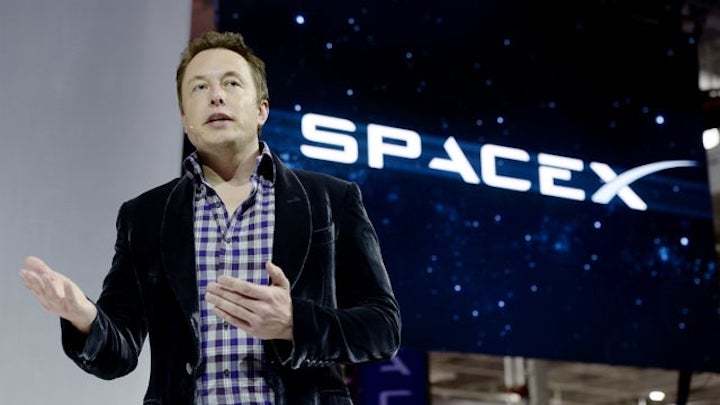8.09.2019

Recently, SpaceX launched a vehicle it calls the Starhopper, which resembled nothing less than a giant water tank, in the skies over Texas. The test vehicle rose to a height of 150 meters with a single methane-burning Raptor engine, translated about 100 meters, then touched down with pinpoint accuracy on a landing pad. The flight took less than a minute, but it might well have history-changing implications.
SpaceX will next develop and flight-test orbital prototypes of its Starship spacecraft. The company eventually plans to launch the Starship on top of an even larger rocket it calls the Superheavy to the moon, Mars and other destinations in deep space. SpaceX is building versions of the Starship prototype in both its Texas facility at Boca Chica and in Florida at the Kennedy Space Center.
NASA Administrator Jim Bridenstine has suggested that vehicles like the Starship may be used to deliver cargo to the future moon base being planned for the late 2020s on a pay-on-delivery basis.
Sen. Ted Cruz, chairman of the Senate Subcommittee on Aviation and Space “and his staff have been following the developments closely and are excited about the vehicle's prospects and the economic activity and innovation that is occurring as a result in Texas," a spokesman for Cruz told Ars Technica.
The Texas state government and a variety of local governments fell over themselves to provide tax and other incentives to SpaceX to locate a space port at Boca Chica. Cruz, overseeing NASA in his role as chairman, would naturally be interested in what returns that investment might garner. A functioning space port in Texas may also be a means for Cruz and the Texas congressional delegation to have the last laugh on the Alabama congressional delegation.
Earlier, NASA announced that the Marshall Spaceflight Center in Alabama would manage the development of two thirds of the lunar lander envisioned for the Project Artemis return to the moon program. Marshall would be responsible for the transfer and descent stages of the lander. The Johnson Spaceflight Center would handle development of the ascent stage.
Noting that JSC had the responsibility for building the Apollo-era lunar lander, Cruz sent out a terse press release expressing his displeasure, according to Spaceref.
"I am deeply disappointed in the announcement today by NASA Administrator Bridenstine. Johnson Space Center was the lead Center for the lunar lander program during Apollo - the last time the United States landed astronauts on the Moon and brought them back safely to Earth - and remains the lead Center in human spaceflight to this day,” Cruz said in the statement.
“While the Marshall Space Flight Center's expertise in rocketry and propulsion is unquestioned, the responsibility for managing the next lunar lander should rest with the Center with the history and experience in manned spaceflight - the Johnson Space Center,” he added. “As NASA moves forward with their plans, I will use every tool at my disposal to ensure the Johnson Space Center remains the crown jewel in human space exploration."
Could one of those tools be a private space port just a five-hour drive from the Johnson Spaceflight Center? JSC has a lot of expertise, especially in the area of astronaut training. One can imagine SpaceX contracting with NASA to train Starship pilots and passengers for the rigors of deep space voyages before heading down to Boca Chica to fly to the moon or Mars. JSC could process cargo meant for deep space missions as well.
The Starship would serve at first as a compliment and then as an alternative to NASA’s plan to return to the moon, involving the Space Launch System that is billions of dollars over budget and years behind schedule. Ironically, the SLS is being developed at the Marshall Spaceflight Center in Alabama, the same place that is also handling most of the lunar lander.
Musk has promised that he could land a Starship, filled with cargo, on the lunar surface by 2021, three years before NASA plans to land the “first woman and the next man” on the moon. Most people, especially at the space agency, don’t think that will happen.
But even if a Starship lands on the moon a few years late, and Cruz helps to make that happen, the history of space exploration will have taken an unexpected turn. For Cruz, regarding the Alabama congressional delegation, revenge will be a dish served cold.
Quelle: The Hill

